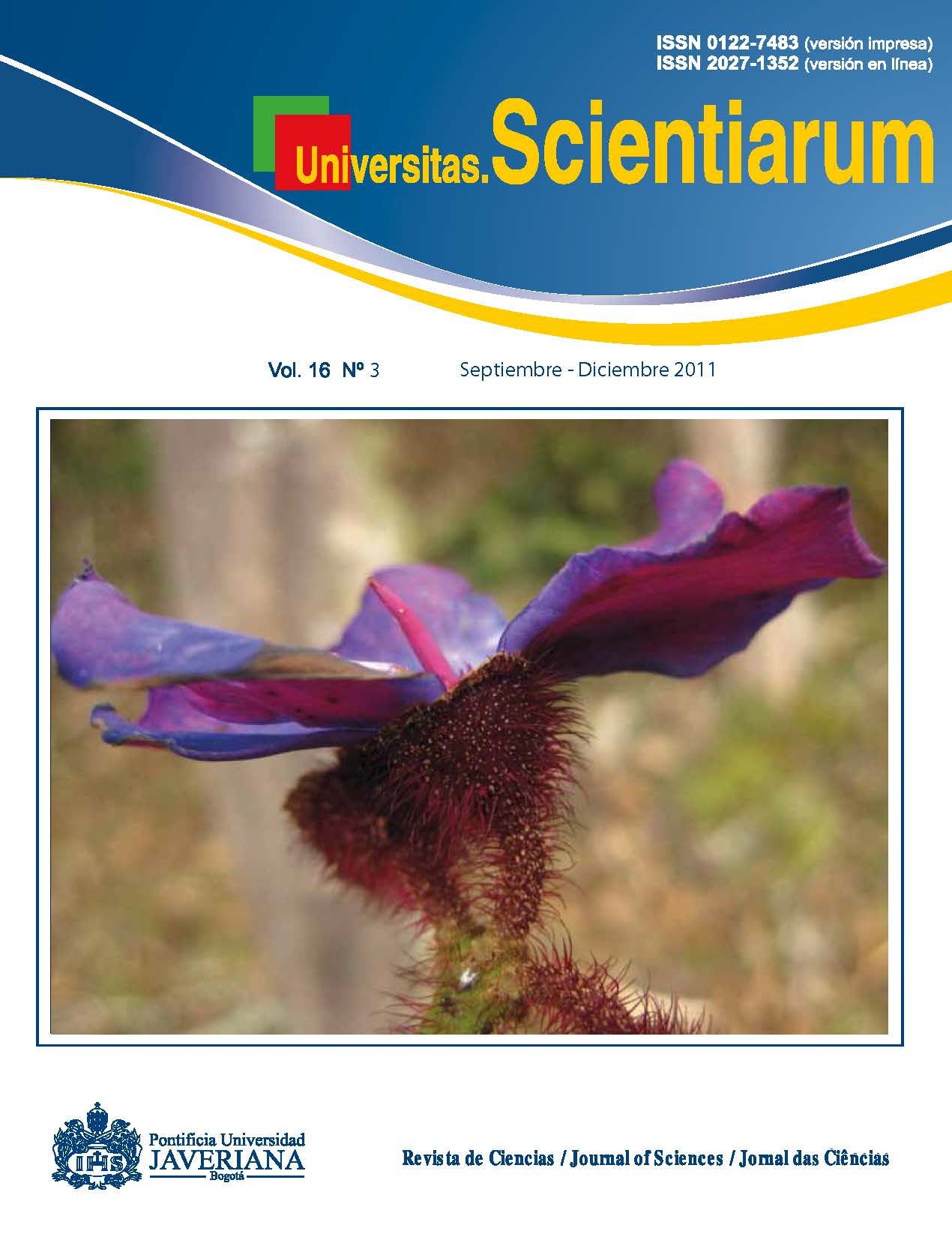Abstract
Objective. To determine the prevalence of dermatological, ear and ophthalmological alterations clinically suspected to be caused by fungi and to analyze their occurrence demographically. Materials and methods. We carried out a retrospective study in a clinic in Bogota for small animals. We reviewed the medical histories of patients who requested medical appointments due to dermatological, ear and ophtalmological alterations in 2009 and 2010. Results. In the assessed period, the prevalence of dermatological alterations in dogs was of 7.8%, 4.2% of ear alterations and of 3.3% of ophtalmological alterations. The main etiological suspects through clinical diagnosis were: dermatophytes with an incidence of 86.9% among dermatological alterations, Malassezia with an 86.5% of incidence in ear alterations, and Candida with 83.3% of incidence in ophtalmological alterations. Statistical analysis of variables showed no association with symptoms or clinically diagnosed etiological agents, but the categorized evaluation showed associations of races and ages with the etiologies through clinical diagnosis. The diagnosis of fungal etiologies was accomplished in most cases by clinical findings and less frequently by skin scrapings and ear cytology; in none of the cases a mycological culture was done. The feline population showed no dermatological, ear or ophtalmological alterations compatible with a fungal etiology. Conclusion. In canines, the prevalence of dermatological alterations clinically compatible with dermatophytes was of 86.9%; ear alterations associated with Malassezia were of 86.5%; and ophtalmological alterations Candida-suspected were 83.3%. Final diagnoses were accomplished with the help of clinical findings without following standard diagnostic methodologies such as cultivation.
Key words: canines, felines, dermatophytes, Malassezia, Candida
Univ. Sci. is registered under a Creative Commons Attribution 4.0 International Public License. Thus, this work may be reproduced, distributed, and publicly shared in digital format, as long as the names of the authors and Pontificia Universidad Javeriana are acknowledged. Others are allowed to quote, adapt, transform, auto-archive, republish, and create based on this material, for any purpose (even commercial ones), provided the authorship is duly acknowledged, a link to the original work is provided, and it is specified if changes have been made. Pontificia Universidad Javeriana does not hold the rights of published works and the authors are solely responsible for the contents of their works; they keep the moral, intellectual, privacy, and publicity rights. Approving the intervention of the work (review, copy-editing, translation, layout) and the following outreach, are granted through an use license and not through an assignment of rights. This means the journal and Pontificia Universidad Javeriana cannot be held responsible for any ethical malpractice by the authors. As a consequence of the protection granted by the use license, the journal is not required to publish recantations or modify information already published, unless the errata stems from the editorial management process. Publishing contents in this journal does not generate royalties for contributors.



